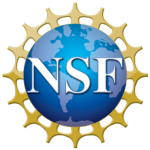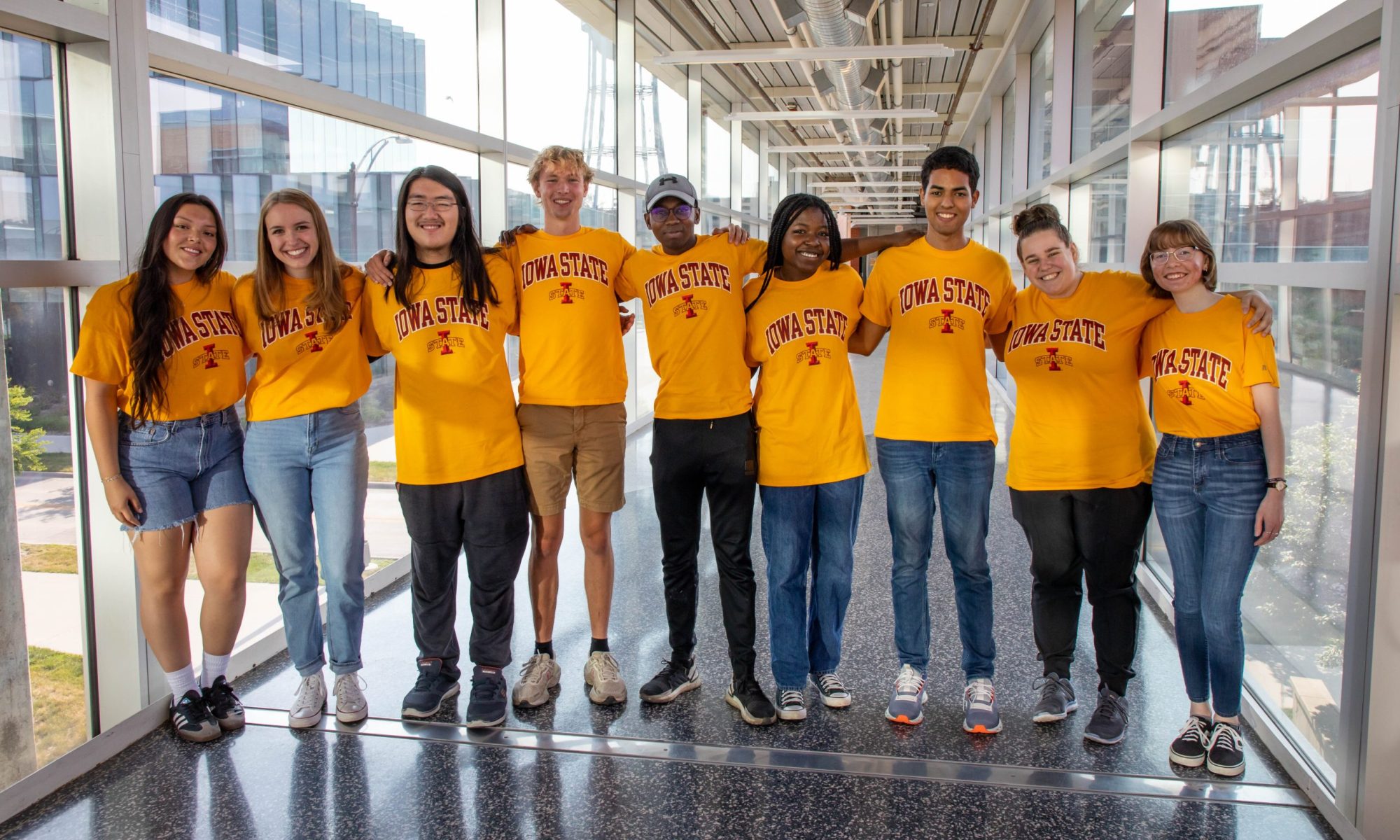Milestones
These are typical calendar milestones that we recommend you schedule in your project team so that you have a smooth writing process. However each team differs, and you may have different milestones. Be sure to note the NSF text required in the paper.
- Week 3: Problem Area Paragraph
- Week 4: IRB Application Drafted
- Week 5: Research Question
- Week 5: Literature Review Paragraph
- Week 5: Methods Paragraph
- Week 6: Mid-Project Oral Presentations
- Week 7: Poster Draft
- Week 8: Research Paper Draft
- Week 9: Final Poster Due
- Week 10: Final Research Paper Due (Be sure to include NSF required text).
Paper Milestones
Problem Area Paragraph
Introduces the reader to the space/scope of the problem you intend to address with your investigation and subsequent design, i.e. lack of computer interfaces for the visually impaired. Why are you doing this research? Why should the reader care?
Research Question
This is the specific matter you are trying to address with your project formulated in question form, i.e. Is X graphic interface transferable to an audio solution for the visually impaired? This needs to be specific and guides your inquiry which may be formulated as a research question or hypothesis. Don’t overpromise! It’s easy to say something far too broad. For example, “Will robotic haptics improve human-robot interaction?” That would take years to answer. Along with the question, you might define your terms briefly. If you say “Improve”, what does that mean? Time? Stress levels? Energy costs? You should have the higher level (overpromised) question in mind, but your paper should be addressing the specific question answerable through your study.
Literature Review Paragraph
This is the part when you look at what has been done before in the topic. It allows you to avoid errors and not repeat solutions that have already been tried. Journal papers and conference proceedings are the most up to date in interface design (ACM, SIGCHI, CHI). You are telling the reader a story, so, you should not simply list the literature saying X did Y and such, you should discuss (briefly) the merit of the contribution and how that applies to your work. Lit reviews should not read like laundry lists. The literature review should say who did what and how it relates to the field/problem areas as well as its relation to your own work. If you need help in understanding this look at some of the background sections of papers you are reading and how they present the literature.
Methods Paragraph
How do you plan to accomplish your goal? Explain in detail so that if any other researcher wants to repeat your processes, he/she will get at the same results.
Results Paragraph
Explain in detail the results of your design, experiments, usability study. Elaborate on your contributions to the literature (previous studies) and the limitations of your study/design.
Research Paper Full Draft
At this point your full paper should be completed for review by you and your peers. Get feedback from your peers and incorporate it into your final draft.
Research Paper Final Draft
You’re done! All of the feedback that you received should be addressed/incorporated into your paper.
NSF Required Text
The National Science Foundation requires that you include the following text in your acknowledgment: “This material is based upon work supported by the National Science Foundation under Grant No. (2244586).”
Resources
Poster Milestones

- The poster must include the ISU logo.
- The poster must include the NSF logo.
- The poster must include the text: “This material is based upon work supported by the National Science Foundation under Grant No. (2244586).”
- Further instructions, and the deadlines for poster submission are in the PowerPoint template
Poster Final Draft
You will turn in an electronic file of your poster to Sarah Pippin, who will submit this to Printing Services. You will be asked to walk over to Printing Services to proof your poster before it is printed.
Presentation Milestones
Mid Project Oral Presentation
Specs: 8 minutes for presentation, 4 minutes for Q&A
PowerPoint Slides:
- 1-2 Slides – Problem Area
- 1 Slide – Research Question
- 1 Slide – Literature Review
- 1 Slide about Methods (if known)
Include images (photos, illustrations, clip art…). Well designed slides help to keep the audience’s attention giving more time to convey your information. You can adjust the slide numbers slightly if needed, but watch out that you don’t exceed 10 slides. Usually you count 1 slide per minute. (Numbered on the lower right corner, please). Audience: Academic Peers Goals: Convey what your team is doing and present yourselves as good researchers.
Resources:
Demo Practice Session
Practice your symposium pitch to your peers on the research that your did this summer.
Research Symposium
The Summer Undergraduate Research Symposium will be on Thursday, August 3, 2023 from 1 to 3 p.m. in the Great Hall, Memorial Union. All the summer REU programs at Iowa State will participate. SPIRE-EIT interns will present their posters and technical demonstrations of their research at this time. The public is invited.
